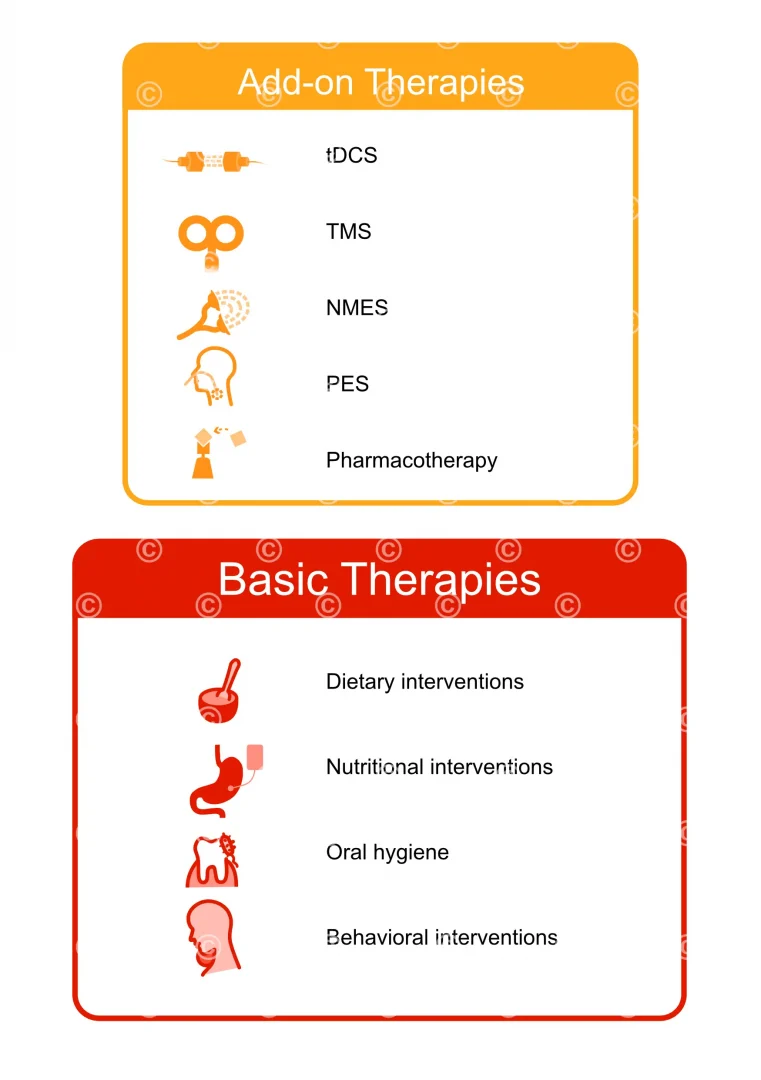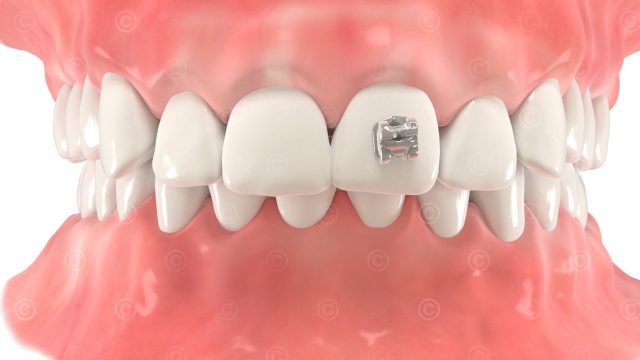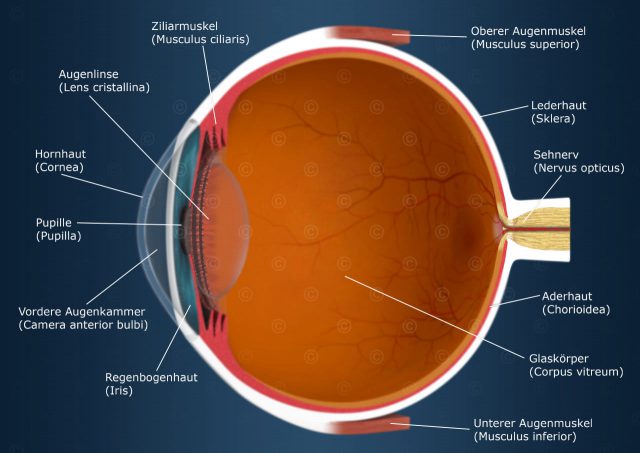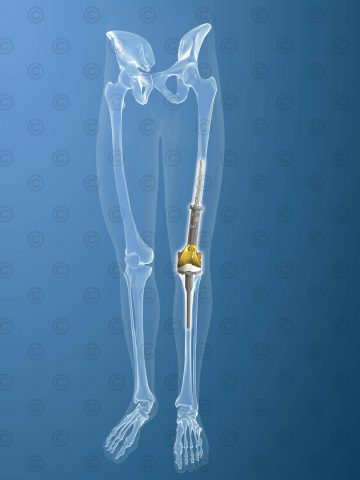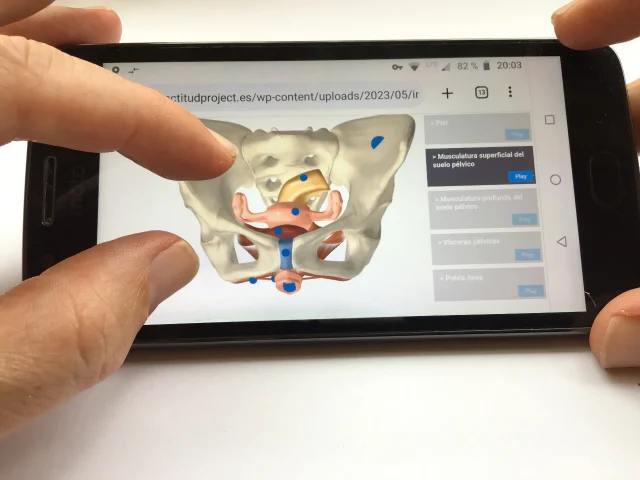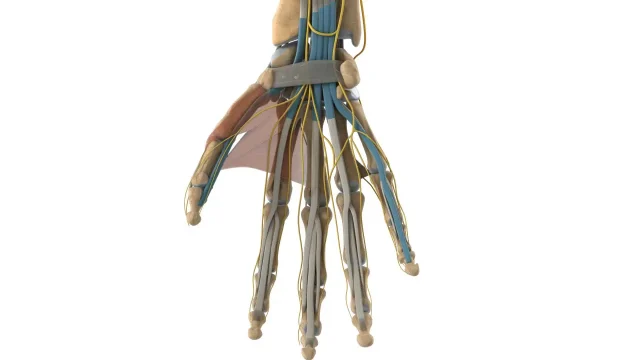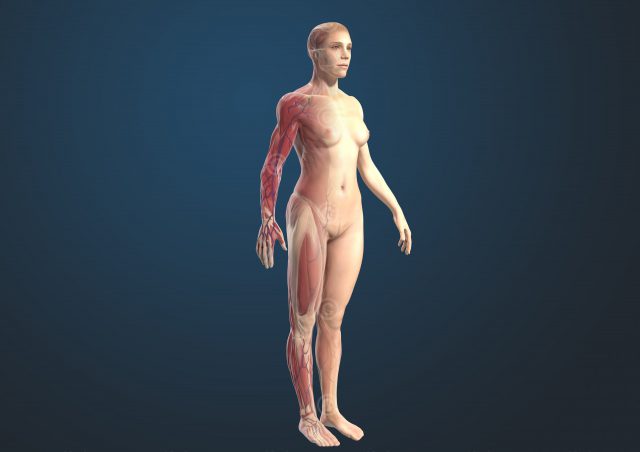Background:
Dysphagia is a medical term for swallowing disorders and is manifested by difficulty or impairment in swallowing food or liquids and can lead to aspiration. Dysphagia often occurs as a consequence of strokes.
Project description:
In a schematic we illustrated the basic therapy options for dysphagia disorders such as dietary interventions, nutritional interventions, oral hygiene, behavioral interventions, as well as “more “add-on” therapies such as transcranial direct current stimulation (tDCS), transcranial magnetic stimulation (TMS), neuromuscular electrical stimulation, (NMES), pharyngeal electrical stimulation (PES) and pharmacotherapy.
In another illustration we show the use of transcranial magnetic stimulation (TMS) in different findings after stroke. Different theoretical models are used: contralesional vicariation model, interhemispheric model, diaschisis model with network breakdown. Depending on the damage to brain areas, regions are stimulated or inhibited by TMS to improve swallowing function.
Project details treatment dysphagia after stroke
Content: 2 illustrations
Use: Publication, textbook, lectures
Specs: DIN A5, 300dpi
Client: Dr. Bendix Labeit, Universitätsklinikum Münster
The rights of use of the images shown here belong to the client, use is not permitted. Images and video are protected with watermarks.

